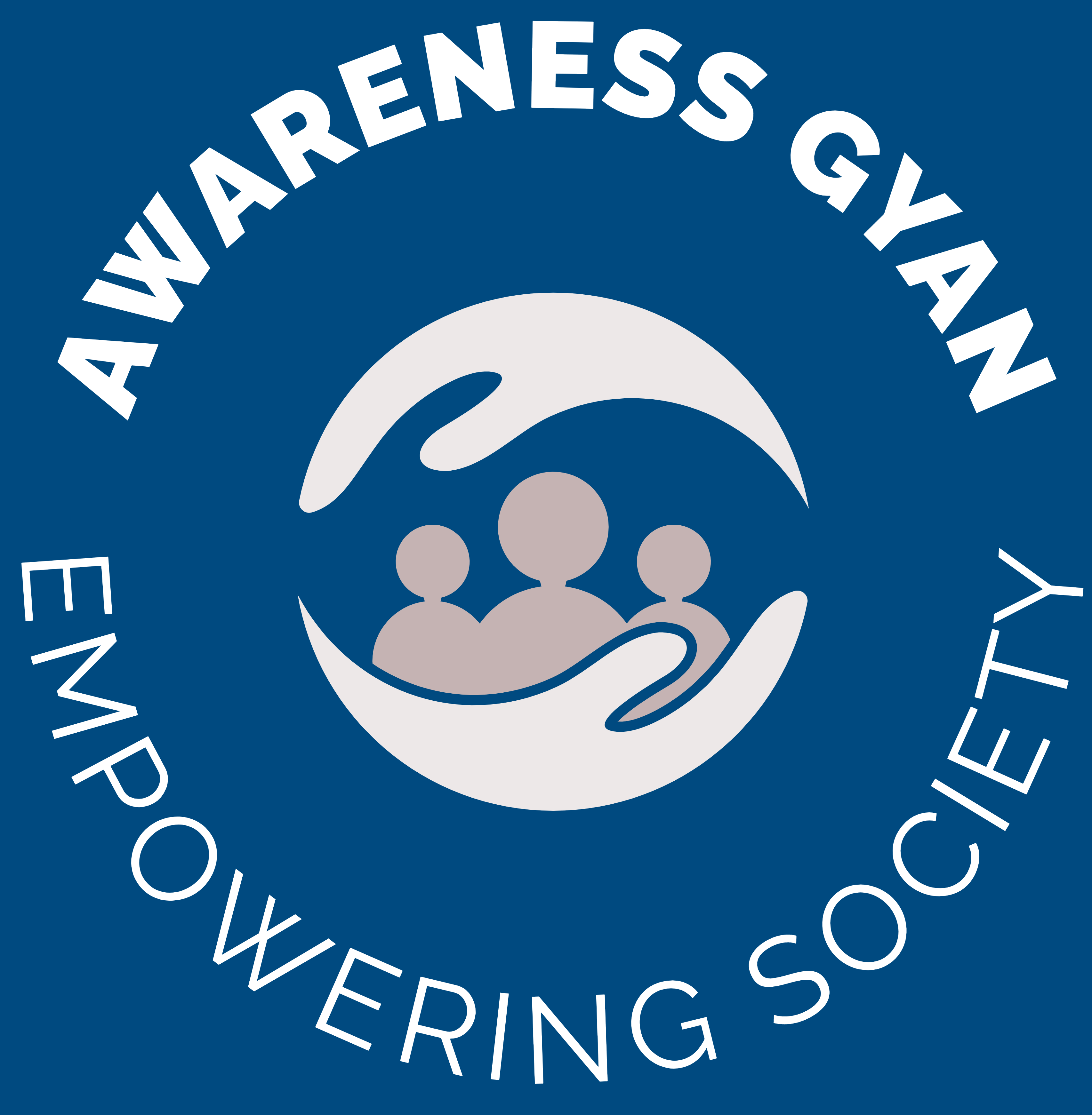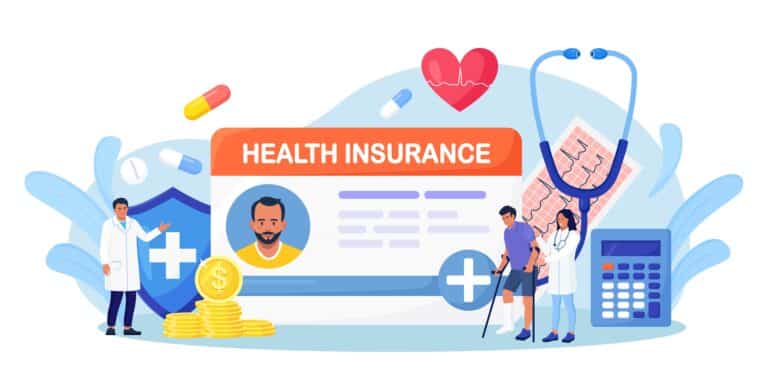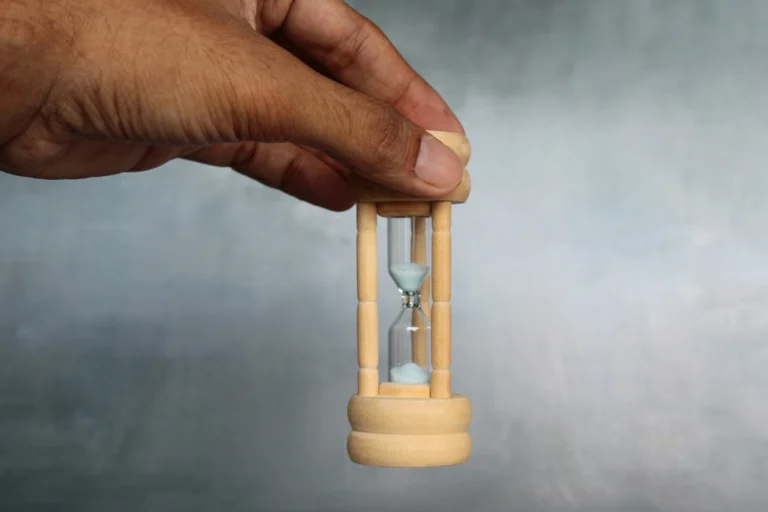Understanding the Critical Illness Plans

It is a common assumption in India that if you have both indemnity health insurance and term life insurance, you do not need any more individual insurance but this is not at all true. Here comes critical illness plans, I want to share some mindblowing facts here so that it becomes clear to the people that apart from the individual insurance, there is also a need for one more insurance and as our lifestyle and living in the cities these days, this insurance plan is available to the middle class & high net worth individual.
According to a report by GOQii, 33% of the total population of people above 30 years of age are suffering from lifestyle-related diseases, among which Diabetic, BP, and Cholesterol are the main ones, all these pose a serious threat to the future in the face of lifestyle-related medical conditions. You have come at the beginning of incurable diseases.
In this way, sometimes we also think about how many people in the world have lifestyle-related diseases, keep yourself fit and do not bother further … then wait a while and read this article completely without missing any sentence, I’m showing some data and stats regarding this, how many people suffering from below deadly diseases and what is the hospitalization cost to cure these.
According to NCBI article no. PMC3408699 Cardiovascular Risk Factors in India, 4.77 million deaths occur every year. This data is till 2020, if treated in the right way and taken care of, the number of deaths will be reduced. India |According to an article by IPCRG, one in seven people are admitted to schools with respiratory diseases, and every year in India, more than 30% of these people die from respiratory diseases. https://www.ncbi.nlm.nih.gov/ According to article no PMC10231735 of https://www.ncbi.nlm.nih.gov/, in India, 1.4 million i.e. 105.4 females per 1 lakh females lives are suffering from cancer while 95.6 males are suffering from cancer in every 1 lakh male.
According to the Global Cancer Observatory (GLOBOCAN) Report 2020, India is in the third position in cases which is a matter of grave concern (source: https://www.thehindu.com/news/national/telangana/oncologists-call-for -making-cancer-a-notifiable-disease-maintain-accurate-records/article67084183.ece#:~:text=According%20to%20the%20Global%20Cancer,increase%20of%202.08%20million%20cases.
From all these reasons it becomes clear that Critical Illness plans are needed. Now a huge amount is required for the treatment of such serious diseases, here are treatment expenses to cure these diseases in the below chart:-
| Diseases | Average Treatment Cost | No patients in India or deaths per year | Duration of Treatment |
| Cardio/CVD | 2.5 Lakh to 5 lakh | 272 deaths per 100000 | Long with regular Dr Follow |
| Respiratory/Asthma/COPD | 2 lakh to 10 lakh | 1Millions per year | Long with regular Dr Follow |
| Cancer | 5 lakh to 20 lakh | 8.5 Lakh deaths per year | Long with regular Dr Follow up |
| Organ Failure | 5 lakh to unlimited | 300 deaths per day | Long with regular Dr Follow |
Now the real question arose how can we afford this kind of huge medical bills when it takes a long and requires much cash for treatment and will not cope with the indemnity health insurance?
In this situation the critical illness plan will work, it is a non-indemnity basis product when diagnosed insurance company will pay the lump sum amount to the insured person and the policy will be terminated after payment. Yes, there are very stringent investigations; terms and conditions will also apply to get the claim.
Conclusion: The escalating incidence of lifestyle-related diseases in India emphasizes the necessity of critical illness plans. With the substantial healthcare costs associated with conditions like cardiovascular diseases and cancer, these non-indemnity plans provide a vital financial safety net, ensuring individuals are well-prepared to face unforeseen health challenges and their associated expenses.
Contact Us for more Information: Click Here
Disclaimer This is for informational purposes only. This information does not constitute medical advice or diagnosis.






One Comment